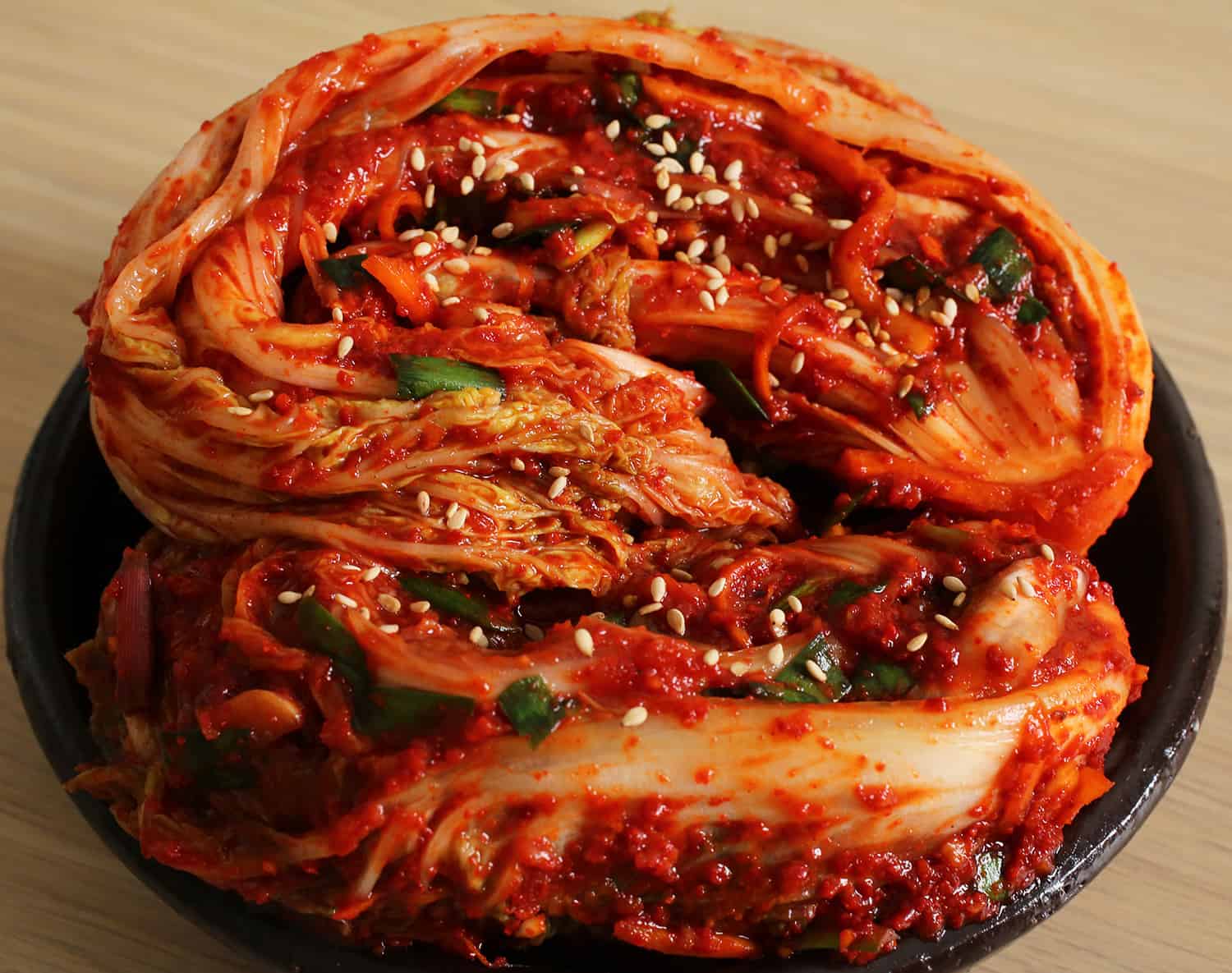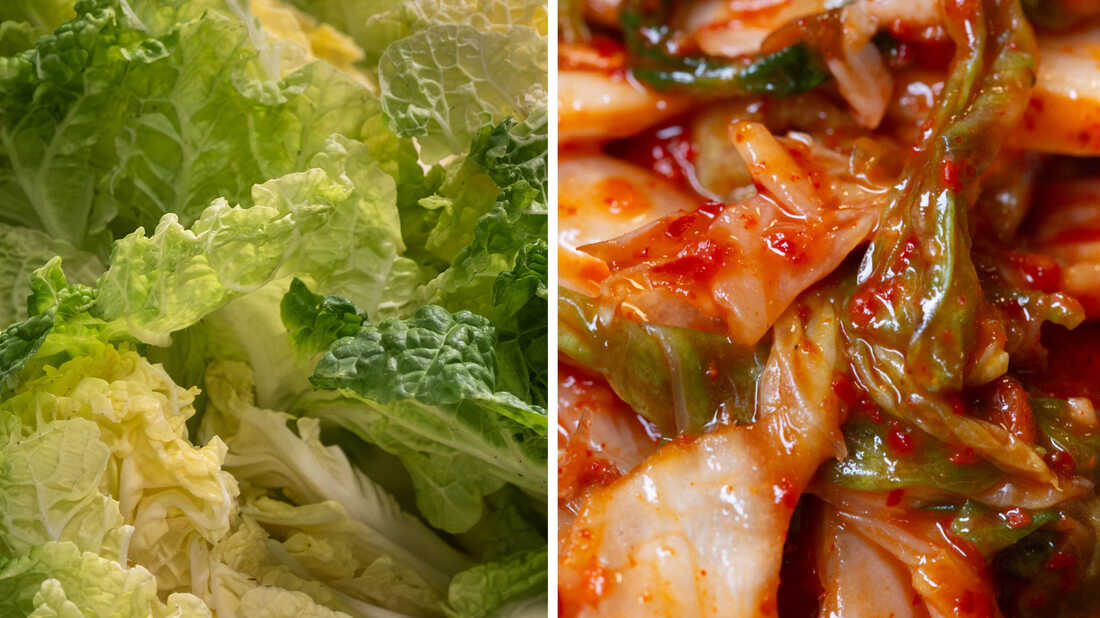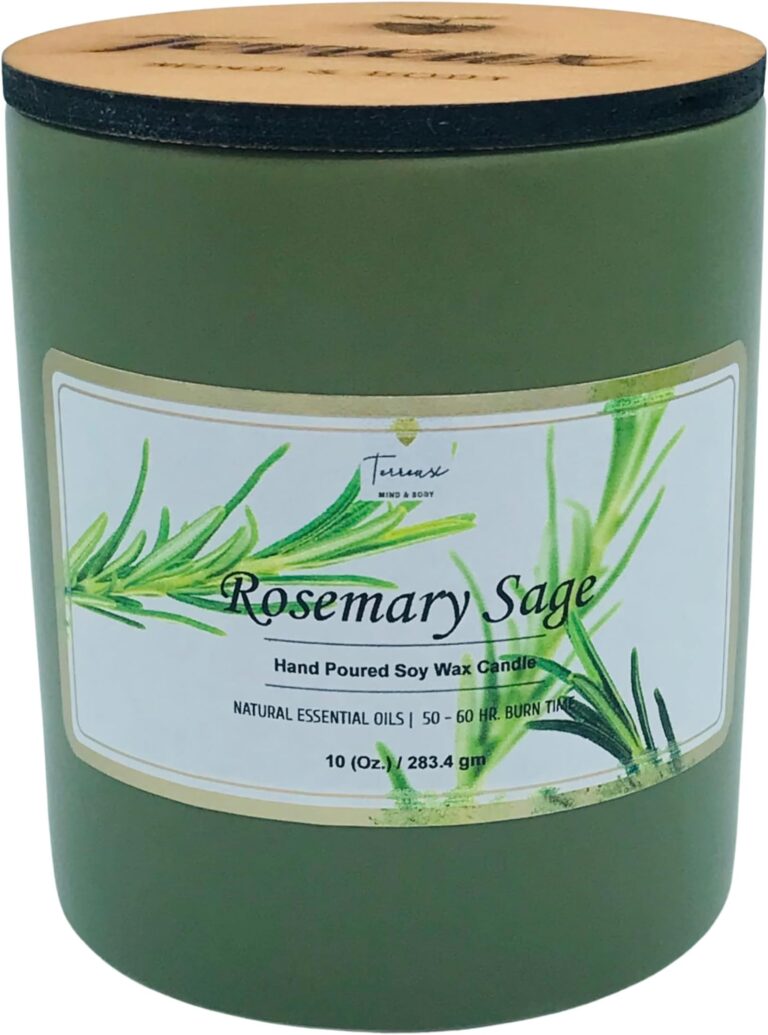From Cabbage to Cure: The Surprising Health Power of Kimchi
The Prologue: A Culinary Overture
In the grand tapestry of global cuisine, few dishes command the reverence, cultural significance, and surprising scientific intrigue as kimchi. More than just a side dish, this vibrant, pungent, and utterly essential staple of Korean gastronomy is a testament to the transformative power of fermentation. For centuries, it has graced Korean tables, a fiery, tangy counterpoint to rice and meat, a symbol of communal identity and culinary resilience. Yet, beneath its humble, often spicy exterior, lies a complex biochemical powerhouse, a veritable apothecary of beneficial compounds whose profound impact on human health is only now being fully elucidated by modern science.
To the uninitiated, kimchi might appear as a simple preparation of fermented cabbage. But to truly appreciate its "cure" potential, one must embark on a journey that transcends the immediate sensory experience – a journey from the crisp green fields of napa cabbage to the intricate ecosystems within our own bodies. This is a story of tradition meeting molecular biology, of ancient wisdom finding validation in cutting-edge research, and of how a seemingly modest food can orchestrate a symphony of health benefits, surprising even the most knowledgeable palate.
The Genesis: A Tapestry of Tradition and Necessity
The story of kimchi begins not in a laboratory, but in the challenging climate of the Korean peninsula. Winter, long and unforgiving, demanded ingenious methods of food preservation. Salting, drying, and eventually, fermentation, became not just culinary techniques but survival strategies. The earliest forms of kimchi, dating back thousands of years, were likely simple salted vegetables. Over time, as trade routes opened and new ingredients became available, the recipe evolved, culminating in the complex, spice-laden kimchi we recognize today.
The heart of kimchi lies in its primary ingredient: napa cabbage (baechu). But its supporting cast is equally vital, a meticulously chosen ensemble of vegetables and seasonings, each contributing its unique profile to the final ferment. Radish (mu), garlic, ginger, green onions, and often a seafood component like salted shrimp (saeujeot) or anchovy paste (myeolchijeot), form the base. The signature fiery red hue and distinctive flavor come from gochugaru, Korean chili powder, which not only adds spice but also contributes antioxidants and antimicrobial properties.
The act of kimjang, the traditional communal process of making and sharing large quantities of kimchi to last through the winter, is recognized by UNESCO as an Intangible Cultural Heritage of Humanity. It’s a ritual that underscores kimchi’s deep social roots, a collective effort that reinforces family bonds and community spirit. This age-old tradition, passed down through generations, unwittingly harbored a secret – a microbiological marvel that would eventually be celebrated for its unparalleled health virtues.
The Alchemical Transformation: Fermentation Unveiled
The true magic of kimchi unfolds during fermentation. This is where the humble ingredients undergo an "alchemical transformation," catalyzed by an invisible army of microorganisms. The process begins with salting the cabbage, which draws out water and creates an environment hostile to spoilage-causing bacteria, while favoring the growth of beneficial lactic acid bacteria (LAB).
Once the spices and other ingredients are mixed in, and the kimchi is packed into airtight containers, the LAB begin their work. These microorganisms, primarily species of Lactobacillus (such as L. plantarum, L. brevis, L. sakei), Leuconostoc mesenteroides, and Weissella cibaria, feast on the sugars present in the cabbage and other vegetables. Through anaerobic respiration, they convert these sugars into lactic acid, acetic acid, and carbon dioxide. This metabolic activity lowers the pH of the kimchi, creating the characteristic tangy flavor, extending its shelf life, and inhibiting the growth of pathogenic bacteria.
But the LAB do far more than just preserve and flavor. They are the architects of kimchi’s prodigious health benefits, producing a vast array of bioactive compounds that were not present in the original ingredients. This makes kimchi a living food, a dynamic ecosystem where the microbial inhabitants continuously generate new metabolites, enzymes, and vitamins. It is this intricate dance between microbes and matrix that elevates kimchi from a simple condiment to a functional food of extraordinary power.
The Gut Symphony: A Biome’s Best Friend
The most celebrated health benefit of kimchi, and indeed most fermented foods, lies in its profound impact on the human gut microbiome. The gut, often referred to as our "second brain," is home to trillions of microorganisms – bacteria, viruses, fungi, and archaea – collectively known as the gut microbiota. This complex ecosystem plays a pivotal role in digestion, nutrient absorption, immune system development, and even mood regulation. A diverse and balanced gut microbiome is a cornerstone of good health, while dysbiosis, an imbalance, has been linked to a myriad of chronic diseases.
Kimchi, as a potent source of live lactic acid bacteria, acts as a natural probiotic. When consumed, these beneficial microbes survive the harsh acidic environment of the stomach and colonize the intestines, enriching the existing microbial community. They contribute to gut diversity, a hallmark of a healthy microbiome, and can help to crowd out less beneficial or even pathogenic bacteria.
Beyond simply introducing new bacteria, kimchi also acts as a prebiotic. The fiber and complex carbohydrates in cabbage and other vegetables are not digestible by human enzymes, but they serve as a vital food source for the beneficial bacteria in the gut. This symbiotic relationship – probiotics (the live bacteria) feeding on prebiotics (the indigestible fibers) – ensures the sustained growth and activity of a healthy gut flora.
The metabolic byproducts of these beneficial bacteria are where much of the "cure" power resides. Foremost among these are Short-Chain Fatty Acids (SCFAs) such as butyrate, acetate, and propionate. Butyrate, in particular, is a superstar. It serves as the primary energy source for colonocytes (cells lining the colon), vital for maintaining the integrity of the gut barrier. A strong gut barrier prevents the leakage of undigested food particles, toxins, and microbes into the bloodstream, a phenomenon known as "leaky gut," which is implicated in chronic inflammation and autoimmune conditions. SCFAs also play crucial roles in immune modulation, appetite regulation, and even brain function, underscoring the profound interconnectedness of the gut and systemic health.
Beyond the Gut: Systemic Repercussions of a Fermented Feast
While its gut-healing properties are paramount, kimchi’s influence extends far beyond the digestive tract, orchestrating a cascade of systemic health benefits.
Immune System Modulation: The Body’s Shield
A significant portion of our immune system resides in the gut (GALT – Gut-Associated Lymphoid Tissue). By fostering a healthy gut microbiome, kimchi directly strengthens our immunity. The LAB in kimchi can stimulate the production of antibodies, particularly secretory IgA, which forms a protective layer on mucosal surfaces. They also modulate the activity of various immune cells, including T-cells and NK (Natural Killer) cells, helping the body respond more effectively to pathogens and even suppress autoimmune reactions. Studies suggest that regular kimchi consumption can reduce the incidence and severity of colds and other infections.
Anti-inflammatory Prowess: Quelling the Internal Fire
Chronic low-grade inflammation is now recognized as a root cause of many modern diseases, including heart disease, diabetes, cancer, and neurodegenerative disorders. Kimchi is a veritable anti-inflammatory powerhouse. Its ingredients are rich in known anti-inflammatory compounds: capsaicin from gochugaru, gingerols from ginger, allicin from garlic, sulforaphane from cabbage, and quercetin from various vegetables. Furthermore, the LAB themselves produce anti-inflammatory metabolites, including specific SCFAs and exopolysaccharides. These compounds work synergistically to suppress pro-inflammatory cytokines (like TNF-α and IL-6) and activate anti-inflammatory pathways, helping to quell the internal "fire" that underlies so many chronic ailments.
Antioxidant Powerhouse: Battling Oxidative Stress
Our bodies are constantly under assault from free radicals, unstable molecules that can damage cells and DNA, leading to oxidative stress, a key contributor to aging and disease. Kimchi is exceptionally rich in antioxidants. The fermentation process itself can enhance the bioavailability and concentration of existing antioxidants and even generate new ones. Vitamins C, A, and E, carotenoids, polyphenols, and various sulfur compounds (from garlic and cabbage) are abundant. The synergy of these compounds in kimchi provides a robust defense against oxidative damage, protecting cellular health and reducing the risk of chronic diseases.
Cardiovascular Guardianship: A Healthy Heartbeat
The link between gut health and cardiovascular health is increasingly evident. By improving gut integrity and reducing systemic inflammation, kimchi contributes to a healthier heart. The SCFAs produced during fermentation can help regulate cholesterol metabolism, potentially reducing LDL ("bad") cholesterol levels. Furthermore, compounds like allicin (from garlic) and capsaicin (from chili peppers) have been shown to support healthy blood pressure and improve endothelial function, the health of the lining of blood vessels. The antioxidant properties also prevent the oxidation of LDL cholesterol, a critical step in the development of atherosclerosis.
Metabolic Maestro: Weight Management and Blood Sugar Control
In an era grappling with rising rates of obesity and type 2 diabetes, kimchi offers promising metabolic benefits. The high fiber content promotes satiety, aiding in weight management. The beneficial gut bacteria can influence how we metabolize nutrients, extract energy from food, and store fat. Studies suggest that kimchi consumption can improve insulin sensitivity, reduce blood glucose levels, and decrease markers of metabolic syndrome. The capsaicin in gochugaru also has thermogenic properties, subtly increasing metabolism.
The Gut-Brain Axis: A Clearer Mind
The intricate communication network between the gut and the brain, known as the gut-brain axis, is a frontier of neuroscience. The gut microbiome influences brain function, mood, and cognitive processes through various pathways, including the vagus nerve, neurotransmitter production, and immune signaling. The LAB in kimchi can produce neurotransmitters like serotonin and gamma-aminobutyric acid (GABA), which play crucial roles in mood regulation and stress reduction. By reducing systemic inflammation and promoting a balanced gut, kimchi may contribute to improved mental well-being, reduced anxiety, and even potentially mitigate symptoms of depression.
Anti-Cancer Potential: A Shield Against Malignancy
Perhaps one of the most compelling and actively researched areas is kimchi’s anti-cancer potential. The diverse array of bioactive compounds – including glucosinolates and their breakdown products (like sulforaphane and indole-3-carbinol) from cabbage, allicin from garlic, capsaicin from chili, and the metabolites from LAB – exhibit significant anti-cancer properties. These compounds can induce apoptosis (programmed cell death) in cancer cells, inhibit cancer cell proliferation, block angiogenesis (the formation of new blood vessels that feed tumors), and enhance the body’s detoxification enzymes, which neutralize carcinogens. While not a cure, regular consumption of kimchi may contribute to a reduced risk of various cancers, particularly colorectal cancer.
The Scientific Lens: Unpacking the Mechanisms
To a knowledgeable audience, a mere listing of benefits is insufficient; understanding the underlying mechanisms is key. The "surprising health power" of kimchi stems from a confluence of factors:
- Synergistic Phytochemicals: Kimchi is a rich source of plant-derived compounds (phytochemicals) with known health benefits. The act of fermentation can enhance the bioavailability of these compounds, making them more easily absorbed and utilized by the body. For example, the conversion of glucosinolates into isothiocyanates (like sulforaphane) during chopping and fermentation significantly boosts their anti-cancer properties.
- Live Microbial Cultures: The sheer diversity and quantity of beneficial LAB strains in live, unpasteurized kimchi are unparalleled. These microbes directly interact with the host, colonizing the gut, producing beneficial metabolites, and modulating immune responses.
- Metabolic Byproducts (Postbiotics): Beyond the live bacteria themselves (probiotics) and their food (prebiotics), the metabolites they produce – SCFAs, bacteriocins (antimicrobial peptides), enzymes, vitamins (especially B vitamins and vitamin K2), and exopolysaccharides – are profoundly therapeutic. These "postbiotics" are increasingly recognized as critical mediators of health benefits, even independent of the live organisms.
- Enhanced Nutrient Profile: Fermentation can increase the levels of certain vitamins and minerals. For instance, LAB can synthesize B vitamins, and the acidic environment can improve the absorption of minerals like iron and zinc.
The challenge for researchers lies in the inherent complexity and variability of kimchi. The exact microbial composition, nutrient profile, and concentration of bioactive compounds can vary significantly based on ingredients, fermentation duration, temperature, and specific preparation methods. This makes standardized clinical trials challenging but also highlights the beauty of traditional, artisanal food systems.
Navigating the Nuances: Not All Kimchi Is Created Equal
For the discerning consumer and the knowledgeable health enthusiast, it’s crucial to understand that not all kimchi delivers the same health punch.
- Live Cultures are Key: Many commercially produced kimchis are pasteurized (heat-treated) to extend shelf life and ensure product consistency. Pasteurization, however, kills the beneficial live bacteria, rendering the kimchi devoid of its probiotic benefits. To reap the full rewards, seek out "raw," "unpasteurized," or "live" kimchi, often found in the refrigerated section of health food stores or Asian markets.
- Homemade vs. Commercial: While commercial unpasteurized kimchi can be excellent, making kimchi at home offers the ultimate control over ingredients, salt content, and fermentation duration. It also ensures the freshest, most vibrant live cultures.
- Salt Content: Traditional kimchi can be high in sodium, a concern for individuals with hypertension. However, newer recipes and commercial varieties often offer reduced-sodium options without compromising the fermentation process.
- Variety Matters: There are hundreds of varieties of kimchi, each with a unique ingredient profile and fermentation characteristics. While baechu-kimchi (napa cabbage kimchi) is the most common, exploring other types like kkakdugi (diced radish kimchi) or dongchimi (radish water kimchi) can offer diverse nutritional and microbial benefits.
The Future of Fermentation: Kimchi on the Horizon
The scientific exploration into kimchi’s health benefits is far from over; in many ways, it’s just beginning. Future research promises to delve deeper into:
- Strain-Specific Benefits: Identifying specific Lactobacillus or Leuconostoc strains from kimchi that offer targeted therapeutic effects for particular conditions.
- Personalized Nutrition: Understanding how individual variations in gut microbiome composition influence the effectiveness of kimchi for different people.
- Novel Bioactive Compounds: Discovering new compounds generated during fermentation with as-yet-unknown health applications.
- Clinical Applications: Conducting more robust human clinical trials to establish definitive dosages and protocols for using kimchi as a therapeutic intervention for specific diseases.
As global interest in gut health and functional foods continues to grow, kimchi stands poised to transition from a beloved cultural staple to a globally recognized superfood, a testament to the power of traditional wisdom validated by modern science.
The Epilogue: A Testament to Timeless Wisdom
From its humble origins as a survival food born of necessity, kimchi has evolved into a culinary icon and a beacon of health. Its journey from cabbage to cure is a compelling narrative of how simple, natural processes, guided by human ingenuity and time-honored tradition, can unlock profound wellness benefits. It embodies a holistic approach to health, where food is not just sustenance but medicine, where the invisible world of microbes orchestrates a symphony of healing within our bodies.
For the knowledgeable audience, the story of kimchi is a reminder of the intricate connections between our food, our microbiome, and our overall health. It encourages a deeper appreciation for fermented foods, urging us to look beyond the immediate sensory pleasure and recognize the living, dynamic power they hold. In every spicy, tangy bite of kimchi, we consume not just a delicious dish, but a legacy of resilience, a vibrant culture, and a potent, surprising cure, whispering secrets of vitality from ancient kitchens to modern science. It is, in essence, a profound invitation to nourish our bodies, nurture our microbes, and embrace the timeless wisdom embedded in every ferment.







